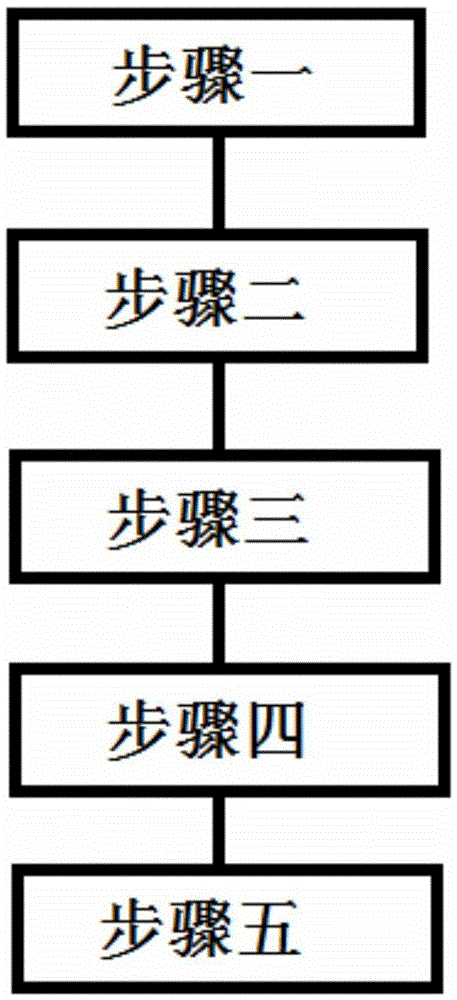Method for quantitatively detecting pork ingredients in beef products
A quantitative detection method and technology for pork, which is applied in the determination/inspection of microorganisms, biochemical equipment and methods, etc., can solve the problems of pollution, high detection sensitivity, and prone to false positive results, and achieve accurate results, simple detection process, low cost effect
- Summary
- Abstract
- Description
- Claims
- Application Information
AI Technical Summary
Problems solved by technology
Method used
Image
Examples
example 1
[0116] Sample 1: simulated beef products (pork content is 8.87%: put 202.6mg of pork and 2.0822g of beef into a grinder, mix and grind into minced meat), take two 0.5g samples (a1 and b1) respectively for testing and verification accuracy of this method.
[0117] Sample 2: simulated beef products (pork component content is 24.8%: 1.123g pork, 3.403g beef and 3.005g soybean powder are put into a pulverizer, mixed and pulverized into minced meat), two parts of 0.5g samples are taken respectively (a2 and b2) detection to verify the accuracy of the method.
[0118] Sample 3: Beef jerky, 100g, purchased from a supermarket, ground into a fine powder with a pulverizer; two 0.5g (a3 and b3) samples were taken for testing to verify and test general beef products.
[0119] (1). To make reference materials containing different pork component contents, the steps are as follows:
[0120]1. Purchase fresh and suitable pork and beef, and remove pork skin, tendon, fat and other ingredients ...
PUM
 Login to View More
Login to View More Abstract
Description
Claims
Application Information
 Login to View More
Login to View More - R&D
- Intellectual Property
- Life Sciences
- Materials
- Tech Scout
- Unparalleled Data Quality
- Higher Quality Content
- 60% Fewer Hallucinations
Browse by: Latest US Patents, China's latest patents, Technical Efficacy Thesaurus, Application Domain, Technology Topic, Popular Technical Reports.
© 2025 PatSnap. All rights reserved.Legal|Privacy policy|Modern Slavery Act Transparency Statement|Sitemap|About US| Contact US: help@patsnap.com



